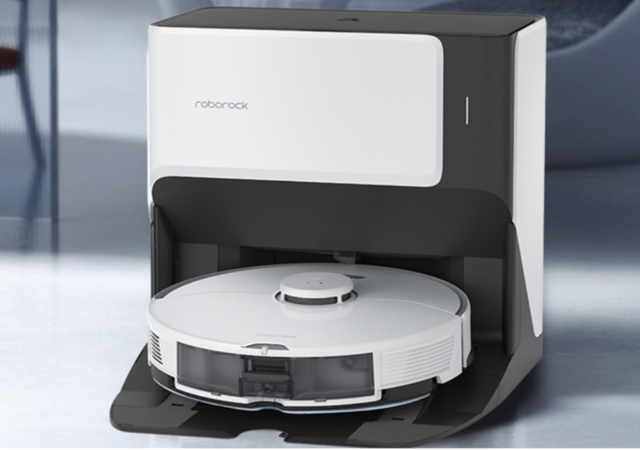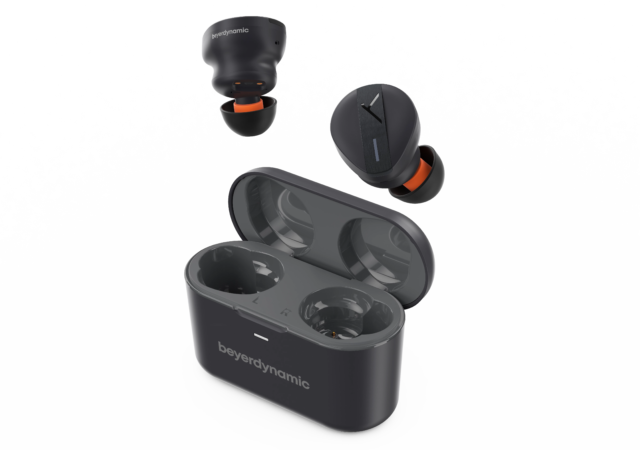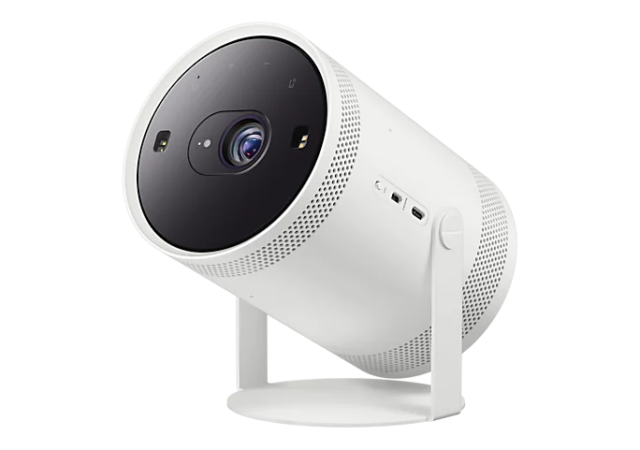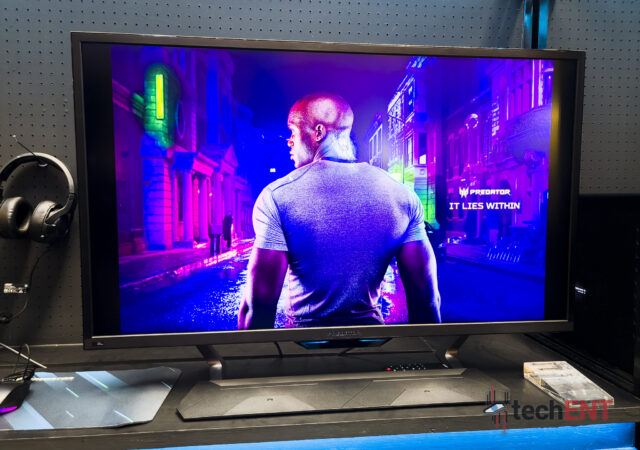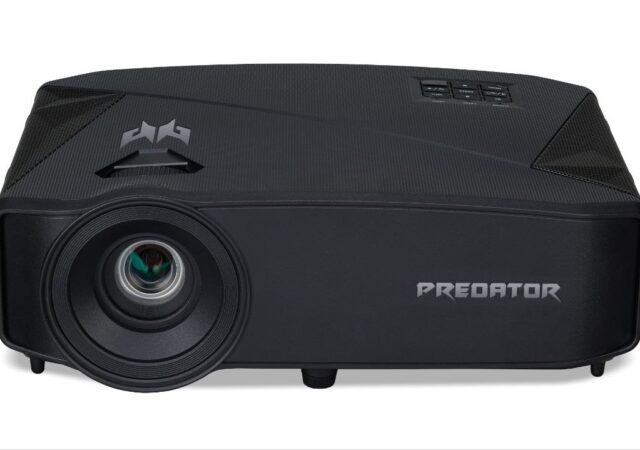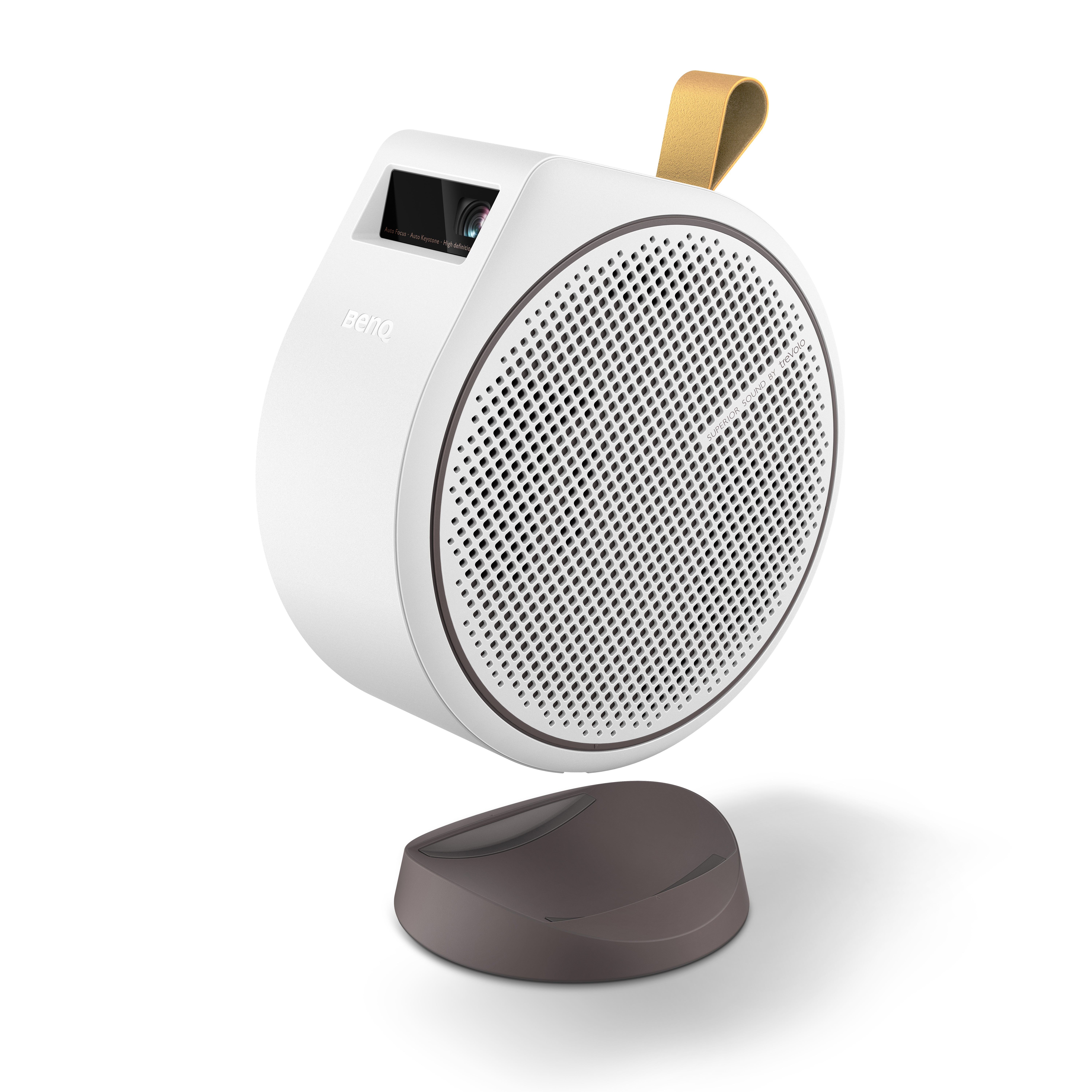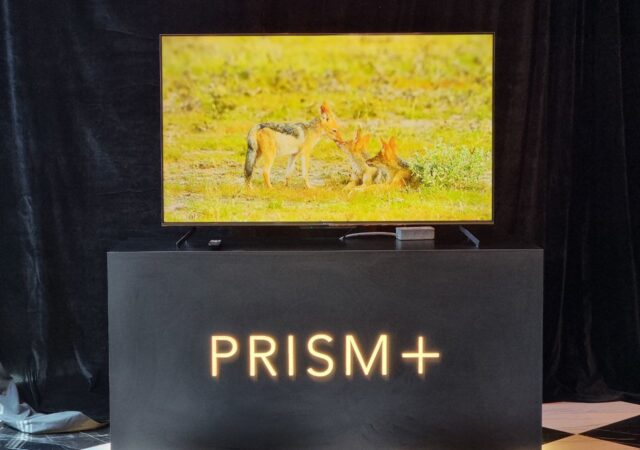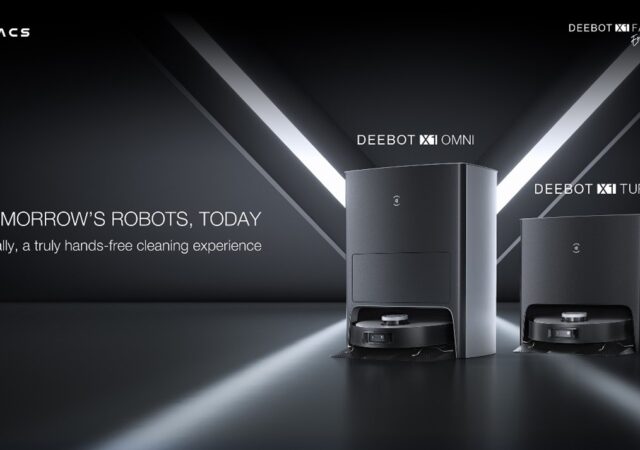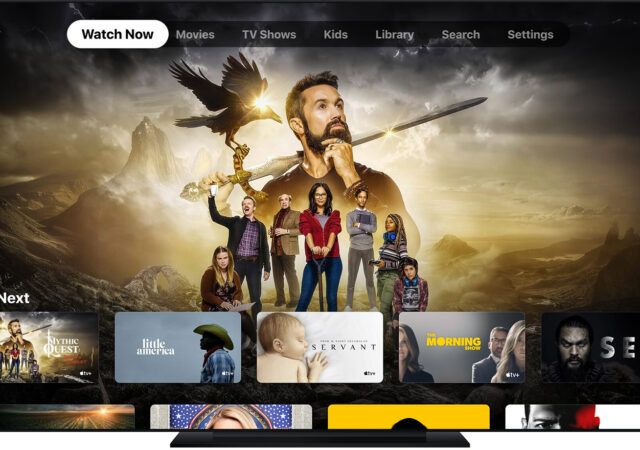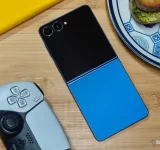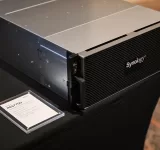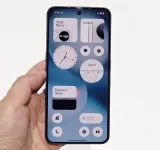Robot vacuum cleaners are the best thing that happened to humanity after the broom, mop, and regular vacuum cleaners. Why? While it is not 100%, robot vacuum cleaners save you a lot of cleaning time in your house. Sure, you…
beyerdynamic Finally Gave into Peer Pressure – Introducing the Free BYRD TWS headphones
beyerdynamic introduces the Free BYRD, their first ever TWS headset with aptX, hybrid ANC and MOSAYC support for EUR 229.
Samsung’s Freestyle is Now Available in Malaysia for MYR 4,999!
Samsung releases the Freestyle compact projector with Tizen OS built-in for the Malaysian market for MYR 4,999.
The Predator CG437K S Launches in Malaysia – Gaming gets Bigger
Predator launches the CG447K S, a 42.5-inch gaming display that pushes 4K resolution at 144hz for high-end PC gaming at MYR 4,699
The Predator Gaming Projector is Real! The GD711 is a 4K LED Projector Made for Gaming at up to 240hz!
Predator launches one of the most compelling display product they have this year, a 4K projector with 240hz refresh rate for gaming.
ShopeePay Day is Here with More Rewards Than Ever!
ShopeePay Day is here! Use ShopeePay to get vouchers, rewards and even take part in a competition for 177,777 Shopee Coins!
BenQ Launches World’s First Portable LED Projector, the GV30 in Malaysia
BenQ launches the GV30, the first mini portable LED projector with built-in battery and wireless functions at MYR 2,688.
PRISM+ Officially Launches Their New Q Series Pro TVs – 86-inch 4K UHD TV for Less Than MYR 10,000? Yes, Please!
Prism+ launches additions to their premium TVs, the new Q55 PRO QE and Q65 PRO QE with Dolby Atmos and Vision at MYR 2,399 and MYR 3,299 respectively.
Robot Vacuums Just Got a Whole Lot Better – The ECOVACS DEEBOT X1 Series is Officially in Malaysia!
ECOVACS has released the DEEBOT X1 Family in Malaysia with the OMNI and TURBO. The DEEBOT X1 is their most powerful robot vacuum series ever.
Apple TV App is Now Useless on Android TVs and Google TVs – This Could Go Either Way
Apple removes rent, buy, and subscribing functions on their Apple TV app on Android and Google TVs in their most recent app update.



